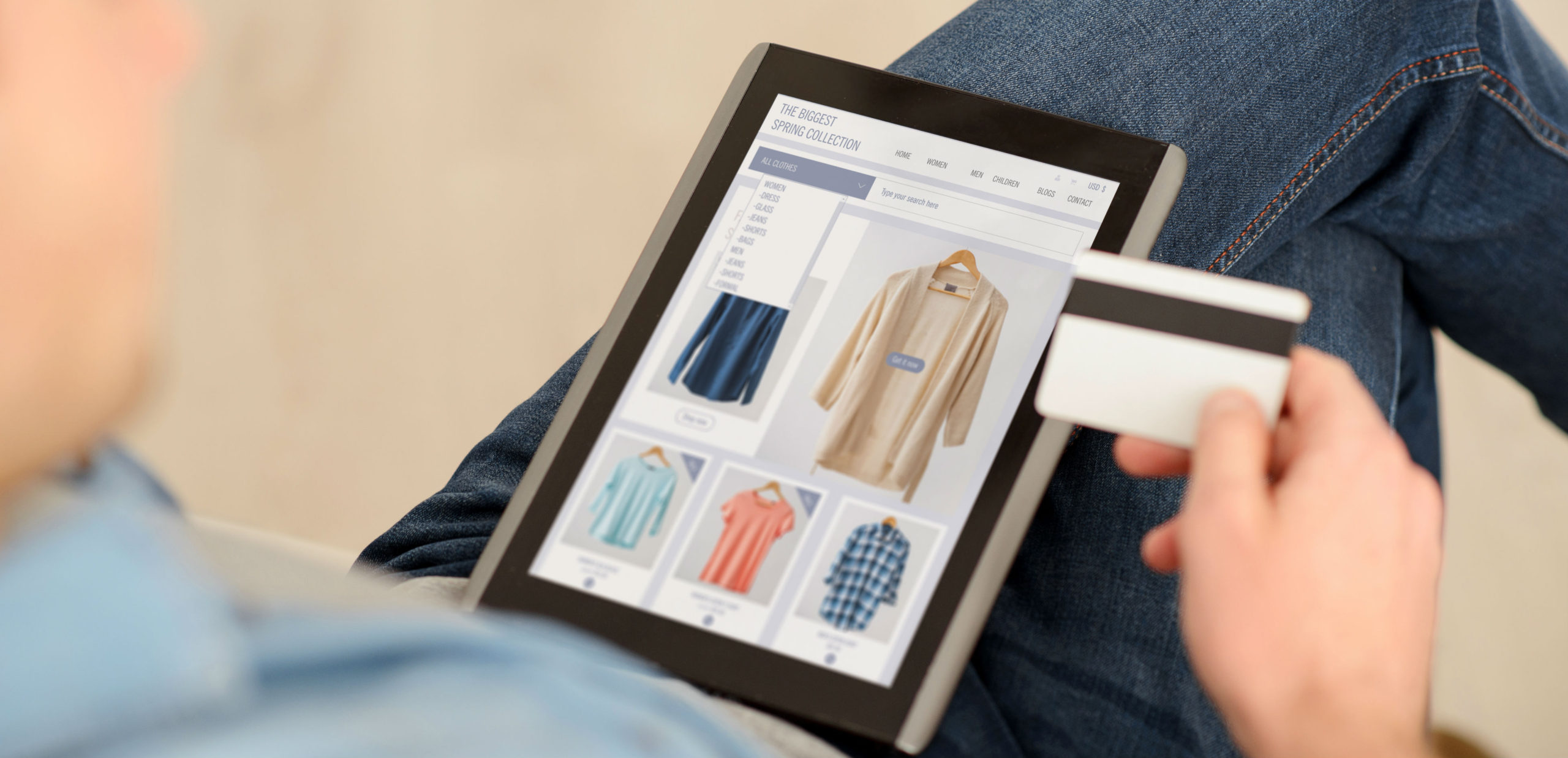5 ecommerce content hacks that give you a competitive edge


In fact, it feels like the same thing happens every time you launch a promotion. Every holiday. Every deal. Every product. The big retailers can just drop price to win more customers. And then they throw on free shipping to sweeten the deal.
You can’t follow that race to the bottom. But you also can’t keep losing customers to larger competitors. It’s frustrating. Your business offers so much more than price. That’s where your expertise and great content marketing comes in…
Non-product content is your competitive edge
The Content Marketing Institute found that conversion rates for businesses that use content marketing strategies are nearly six times higher than their competitors’. If that wasn’t enough, content marketing leaders experience 7.8 times more site traffic than non-leaders.
You need to go beyond product descriptions and manufacturer specifications to get that type of performance. Blogs, how-to videos, customer stories, and social proof are excellent ways you can provide value, increase loyalty, and stand out from the competition.
You may already be producing some or all of those types of content. You may even be seeing some results. That’s great!
Now you need to take it to the next level to win against the mega stores. Here are five ecommerce content hacks that can give you a competitive edge. Better yet, these tips are easy to execute and are proven to get results.
1. End every email with a “P.S.”
Here’s a simple tactic to upgrade your next email campaign. Add a “P.S.” after the signature or call-to-action of your email.
A P.S. at the end of your email says “Psst. There’s even more good stuff.” The P.S. is the perfect place to stop selling and start sharing your valuable stories and cool how-to information. Doing so will drive more traffic to your site.
You can link to relevant how-to and tutorial videos. Show the joy of an existing customer unboxing the product. Or give away valuable examples of the product in action, like look books, recipes, or wish lists.
2. Make your search box a rich experience
The search box for your online store should be more than a place where shoppers type in some keywords and hope for the best. You want to speed up their search by presenting suggested keywords as they type.
You can make your search box even more productive when you show relevant non-product content in search suggestions. That’s rich search autocomplete that shoppers love.

Adore Beauty has always loved to show beautiful product images to attract shoppers. But they needed more. They created a winning strategy by displaying targeted shopping guides in their autocomplete.
For example, start typing “lipstick,” and you are presented with The Ultimate Guide to Lip Care, and articles on The Best Lip Care Options for Men (… how did they know? J) and The Best Natural Lip Products for Everyone. Now, more than 30% of the site’s revenue comes from the 10% of Adore Beauty shoppers who use site search.
3. Display non-product content in search results
If non-product content works as shoppers type into the search box, then do the same thing in search results. The search results page is ideal for building excitement for the products your shoppers are looking to buy. Customers are more likely to buy if they can get information before they get to the product page.
For instance, Andersen Windows serves up product search results with support information and technical documents. Customers see the spec sheets, installation guides, and how-to videos so that they can better choose the right product for them.
No need to surf around to get that helpful info. It’s right there. Andersen Windows has just shortened the path to purchase.
4. Repackage existing content into episodes
It is time to begin to release your own, episode-based content. A YouTube series, Instagram stories, or a podcast are much more than producing visual or audio content. It’s a story. And everyone loves a good story.
You may be familiar with Gary Vaynerchuk and how he started with Wine Library TV. He talked passionately about great wines and labeled each video with a number. He produced over 1000 episodes. That helped transform his family’s local wine store into a massive online business.
Episodes have two advantages. First, you can simply repackage the stories, tutorials, and examples that you already have into a series. So it’s easy on you to produce.
Second, your audience grows accustomed to the style of information you’ll be providing. You build expectation for what’s next. That makes you stick out in their memories.
Your audience loyalty goes way up with episodic content. As a result, open rates for promotional emails go up, traffic is perpetually increasing, and repeat customers keep buying again and again.
5. Turn FAQs into sales
Frequently Asked Questions (FAQ) pages are notoriously dull. They usually don’t change often either. Yet you field great questions from customers every single day.
Don’t be afraid to display questions that customers actually have and in their language. That’s the best way to help customers make a choice faster. Answer the questions in a creative way. Your responses help engage your customers, demonstrate your knowledge, and show your brand’s personality.
Plus, customer questions can also fuel ideas for other content across all your site and marketing channels. Try these:
- Create shopping guides for product categories or sub-categories
- Dive deep into product-specific questions on the product pages
- Publish a themed playlist on your YouTube channel
- Go live with a Q&A session on Facebook Live, Instagram or Snapchat
REI is one retailer that makes great use of FAQs. The outdoor retailer fields actual questions from its customers and turns them into expert advice videos on its REI Find Out YouTube channel. The effort positions the brand as an authority. And shoppers are more likely to buy.

These five content hacks are simple to execute. You already have the knowledge. You love your customers. Just show it in the most impactful locations of your website and communications.
As a result, your customers will love you back. They’ll purchase from you and not just go price shopping at the mega retailers.
This guest post was created by Bob Angus from SLI Systems.


